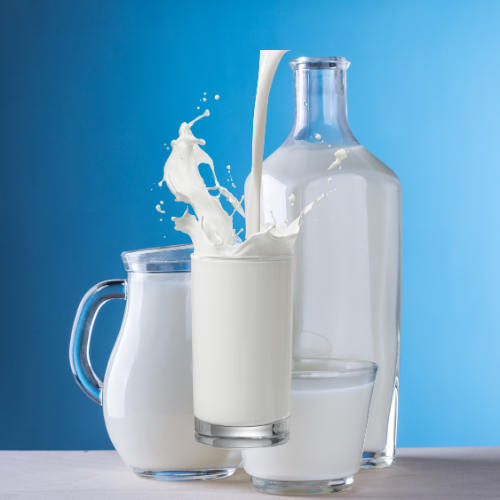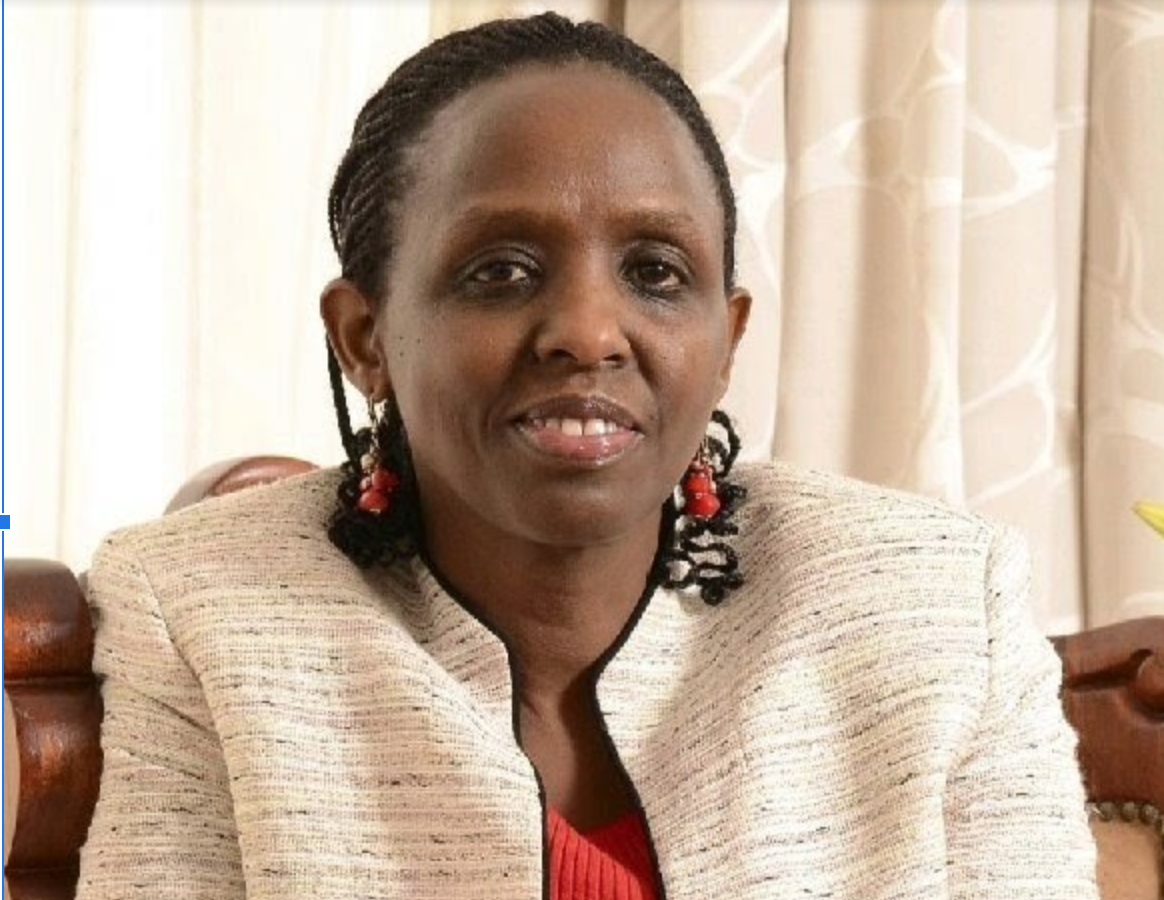Kenya’s Rising Living Costs: A Closer Look Beyond the 6.9% Inflation Headline
Nairobi, Kenya – Amidst the Bustling Markets
In Nairobi, the vibrant colors of fresh produce at a local market often hide a troubling trend. Over the last year, the price of onions, an essential ingredient in Kenyan cuisine, has skyrocketed by an eye-watering 52%. But it’s not just onions. The cost of living in Kenya, from the food on the kitchen table to the fuel in cars and lanterns, has surged, leaving Kenyans grappling with the realities of steep price hikes that far exceed the reported average inflation rate of 6.9%.
Electricity and Fuel: A Shock to the System
As consumers, Kenyans are feeling the heat in more ways than one. With electricity costs for 50kWh increasing by 44.1%, families are finding their monthly budgets shocked by rising bills. This trend is mirrored in the energy sector with kerosene, relied upon by many for cooking and lighting, up by 39.2%, diesel by 25.8%, and petrol by 21.7%. These increases have rippled through the economy, affecting everything from transportation costs to the price of heating a home.
The Dinner Plate Dilemma: Shrinking Portions, Growing Prices
The changes are starkly visible in Kenyan restaurants, where the inflation numbers are brought to life in the most tangible form—food. Owners, faced with climbing costs for ingredients like potatoes, carrots, and tomatoes, which have risen by 22.9%, 19%, and 16.7% respectively, are caught in a tough spot. Many have resorted to reducing portion sizes, a strategy known as “shrinkflation,” in an effort to maintain stable menu prices for their customers.
The Statistical Discrepancy: What Lies Beneath the Average
A 6.9% inflation rate hardly seems to tell the full story. Economists and market analysts point to a nuanced picture. The Consumer Price Index (CPI), the measure used to calculate inflation, is a broad indicator, capturing a basket of goods and services. This basket includes items that haven’t increased as much in price or may even have seen price reductions. As a result, while staple goods and energy prices have soared, they are balanced out in the CPI by other stable or lower costs, presenting an average that appears deceptively low.
The On-The-Ground Reality: Kenyan Households Feeling the Pinch
For families across the country, the mathematics of averages provides little comfort when the reality is a daily struggle to afford essentials. “We used to light the house with kerosene lamps throughout the evening. Now, we minimize usage to save on costs,” says Esther Wanjiku, a mother of three. It’s a sentiment echoed by countless others who are adjusting to a new normal, cutting back on consumption, and rethinking household budgets.
Looking Ahead: Searching for Solutions
The Kenyan government and economic policymakers face a delicate balancing act. With the global economic landscape still reeling from the pandemic, supply chain issues, and geopolitical tensions affecting fuel prices, solutions require careful consideration. Measures such as subsidies, targeted social aid, and economic reforms are on the table, aiming to soften the blow for the most vulnerable populations.
As the nation adapts to these economic pressures, the resilience of Kenyans shines through. Community support networks have strengthened, with informal cooperatives helping to share resources and costs. Innovations in energy consumption, a surge in urban gardening to counter food costs, and a public discourse on economic diversity and sustainability reflect a society in transformation, indicative of the undying spirit of Harambee—working together.
For now, as Kenyans navigate these turbulent economic waters, the call for clear communication, effective policy, and community support has never been louder or more necessary.


